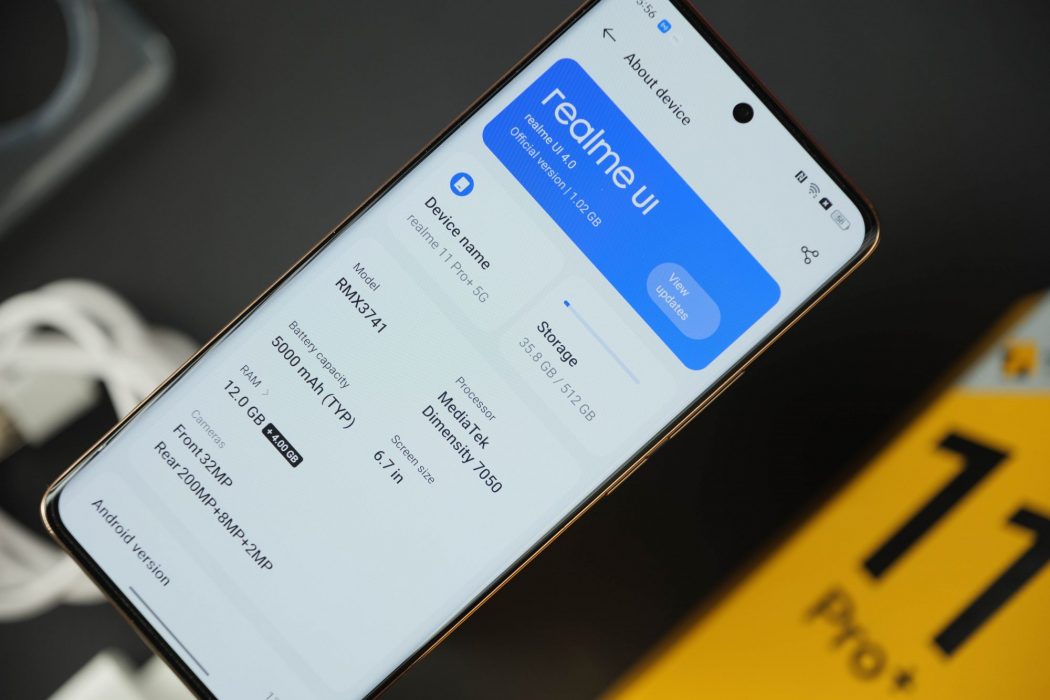Android RAM expansion, often known as dynamic RAM or extended RAM, is a hot topic in the tech world, especially among Android users. This concept can be confusing, with many users unsure about the difference between physical RAM and an OS-level swap file.
In this article, we’ll demystify these terms and address several key questions to help you understand whether RAM expansion is right for you.
Dynamic RAM Expansion, as a feature in Android devices, was first introduced around late 2020-2021 with Android 11. This feature began to be implemented by manufacturers like Realme in their devices running Realme UI 2.0, which is based on Android 11.
The first device to receive the Realme UI 2.0 update, which was based on Android 11, was the Realme X50 Pro. This update marked the introduction of Realme’s take on the dynamic RAM expansion feature, known as DRE (Dynamic RAM Expansion).
What Exactly is Android RAM Expansion?
At its core, Android RAM expansion is a technique that uses a portion of your device’s internal storage (like an SSD or HDD in a PC) as additional RAM. This process creates what is often called a ‘swap file’ or ‘virtual memory’.
Unlike physical RAM, which is hardware-based and has limited capacity, this virtual RAM is essentially a file on your storage device that the operating system uses when it runs out of physical RAM.
Physical RAM vs. OS-Level Swap File: What’s the difference?
- Physical RAM: This is the actual hardware inside your phone. It’s fast and designed to store temporary data for quick access.
- OS-Level Swap File (Virtual RAM): A section of your phone’s internal storage used as RAM. It’s slower than physical RAM because storage devices can’t match the speed of RAM chips.
Q&A: Answering some key questions
Does Android RAM expansion really work?
Yes and no. While it does provide additional ‘space’ for your phone to work with, it’s not as efficient as real, physical RAM.
Can you increase the RAM of an Android phone?
Technically, you can’t increase the physical RAM, but you can use RAM expansion to create virtual RAM.
Does Virtual RAM increase performance?
It can help in multitasking or running memory-intensive apps, but the performance boost is not on par with physical RAM upgrades.
How to expand RAM on Android?
Some Android phones come with built-in RAM expansion features. For others, it requires technical know-how to partition your storage and allocate a portion as virtual RAM.
Do RAM boosters really work?
RAM boosters often just clear out the RAM, which can momentarily speed up your phone. However, they don’t increase your RAM capacity.
What is the difference between Android RAM expansion and OS-level swap file?
They’re essentially the same. Android RAM expansion is a form of creating an OS-level swap file.
Does RAM expansion consume more battery?
It might. Using your internal storage as RAM requires more work from your device, potentially leading to increased battery usage.
Does enabling extended RAM in Android affect performance?
Yes, enabling extended RAM on Android can affect performance, offering improved multitasking capabilities but potentially at the cost of slower memory speed and increased battery usage.
The Bottom Line
RAM expansion can be a temporary fix for low RAM issues, but it’s not a replacement for physical RAM. While it offers a slight performance boost, it doesn’t match the efficiency of actual RAM upgrades.
It’s important to weigh the benefits against the potential drawbacks like slower speed and increased battery consumption. For those who frequently multitask or use heavy apps, considering a device with more physical RAM might be a more effective solution.

